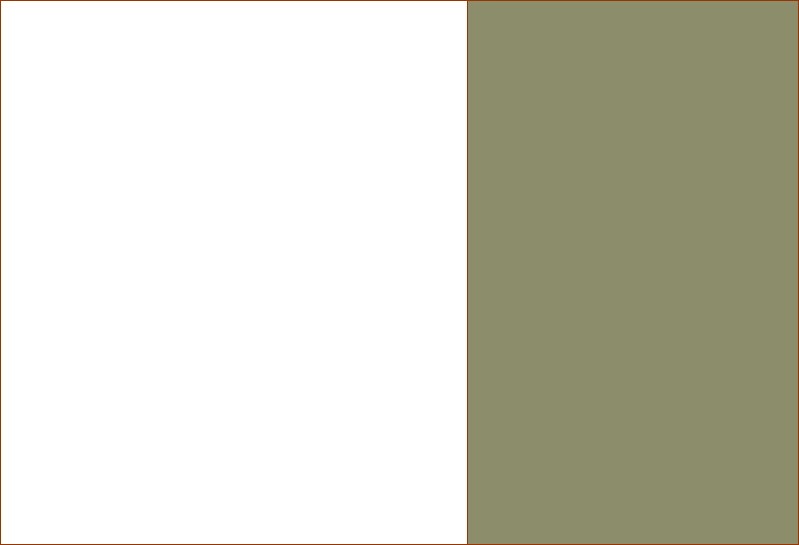 |
||
 |
||

Pierce's Disease
Pierce's Disease is a bacterial disease that infects many species of plants. The bacterium Xylella fastidiosa lives in the xylem (the water conducting tissue) of plants. During Xylella infections, the xylem may become partially or fully blocked, leading to leaf scorch, dieback of branches, or even death of the plant.
In some plants, such as willow, the infection is localized, and may only cause leaf spots. In other plants, such as grapes, the infection becomes systemic, and spreads throughout the plant.
Pierce's Disease is not easily spread. It must be drawn out of the xylem by an insect, and injected into the xylem of the new plant. The disease cannot spread without the insect vector. In Northern California, the most important insect capable of doing spreading Pierce's Disease is the blue-green sharpshooter (Graphocephala atropunctata).
Blue-green sharpshooters have strong natural controls, and only occur in low numbers. They overwinter along creeks, and spread into the adjoining areas during the spring.

